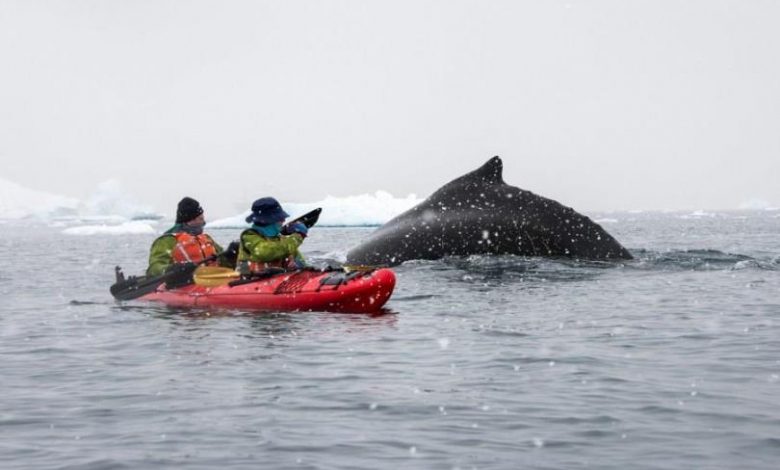Kayaking and Wildlife Rehabilitation: Protecting Australia’s Creatures

Kayaking and Wildlife Rehabilitation: Protecting Australia’s Creatures
Exploring Australia’s Wildlife through Kayaking
What is Wildlife Rehabilitation?
Wildlife rehabilitation is the process of providing care, medical treatment, and support to injured, orphaned, or sick animals with the goal of releasing them back into their natural habitats. In Australia, where diverse ecosystems are home to countless unique species, wildlife rehabilitation plays a crucial role in preserving and protecting the country’s wildlife.
How Can Kayaking Help Protect Australia’s Creatures?
Kayaking offers a unique and eco-friendly way to explore Australia’s waterways while contributing to wildlife conservation efforts. By kayaking responsibly and respecting natural habitats, kayakers can actively participate in monitoring and protecting wildlife populations.
The Benefits of a Kayaking-Wildlife Connection
1. Minimal Impact: Kayaking allows for a non-disruptive, silent approach to observing wildlife, minimizing disturbance to animals and their habitats.
2. Access to Remote Areas: Kayaks can access shallow waters and narrow channels that larger boats cannot reach, allowing for exploration of untouched habitats and encounters with lesser-known species.
3. Education and Awareness: Kayaking provides a unique opportunity for enthusiasts to connect with nature firsthand, fostering a deep appreciation and understanding of the importance of wildlife rehabilitation and conservation.
Understanding Wildlife Rehabilitation in Australia
What Species Benefit from Wildlife Rehabilitation in Australia?
Wildlife rehabilitation in Australia focuses on a wide range of native species, including kangaroos, koalas, wombats, echidnas, birds of prey, and marine wildlife such as dolphins and turtles. With the devastating effects of events like bushfires on Australia’s diverse wildlife populations, rehabilitation efforts are essential for the survival of many species.
How Can Individuals Support Wildlife Rehabilitation Efforts?
1. Reporting Injured Animals: If you come across an injured, orphaned, or sick animal, report it to your local wildlife rehabilitation center or relevant authorities. Do not attempt to handle or care for the animal yourself, as it may require specialized care.
2. Volunteering: Consider volunteering at a local wildlife rehabilitation center. Many centers rely on dedicated volunteers to help with animal care, rehabilitation, and other tasks.
3. Donating: Wildlife rehabilitation centers often operate on limited budgets and rely on public support. Donations can go towards medical supplies, food, and shelter for the animals in their care.
Conclusion
By combining the joys of kayaking with the importance of wildlife rehabilitation, nature enthusiasts can actively contribute to the well-being and preservation of Australia’s incredible creatures. Remember to always follow ethical guidelines when kayaking and respect the natural habitats of the wildlife around you. Join the efforts to protect Australia’s wildlife, and together we can make a difference.
FAQs:
Q: Can I interact with the animals while kayaking?
A: No, it is important to maintain a safe distance and avoid disturbing the animals in their natural habitats.
Q: Are there specific times of the year when wildlife rehabilitation is more critical?
A: While rehabilitation efforts continue year-round, times of increased wildlife activity, such as breeding seasons or during extreme weather events, may require additional resources and support.
Q: How can I find a wildlife rehabilitation center near me?
A: Conduct an online search or reach out to local wildlife conservation organizations for information about rehabilitation centers in your area.



